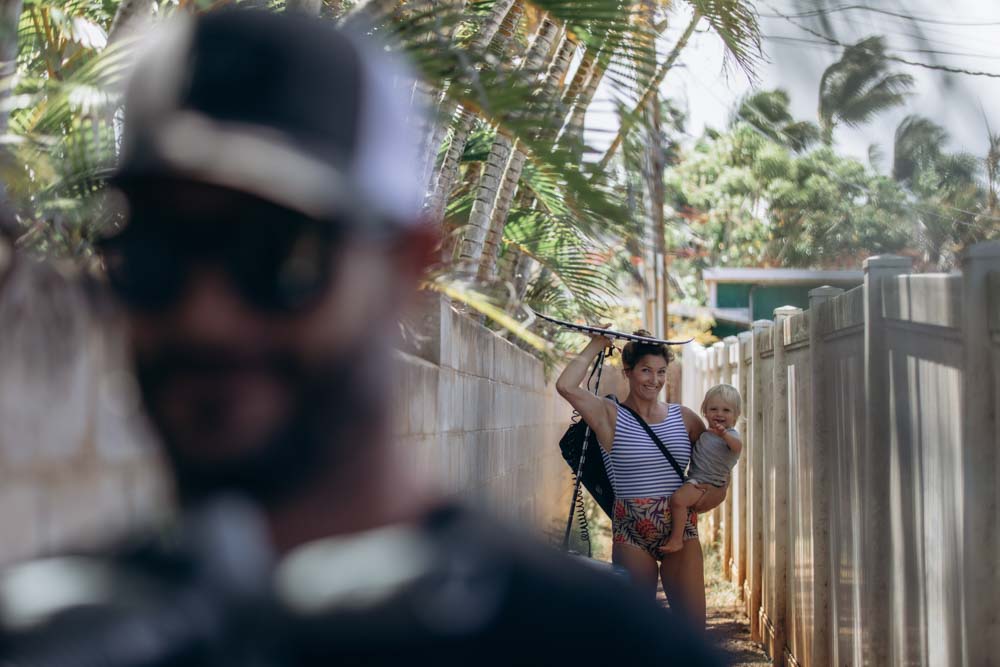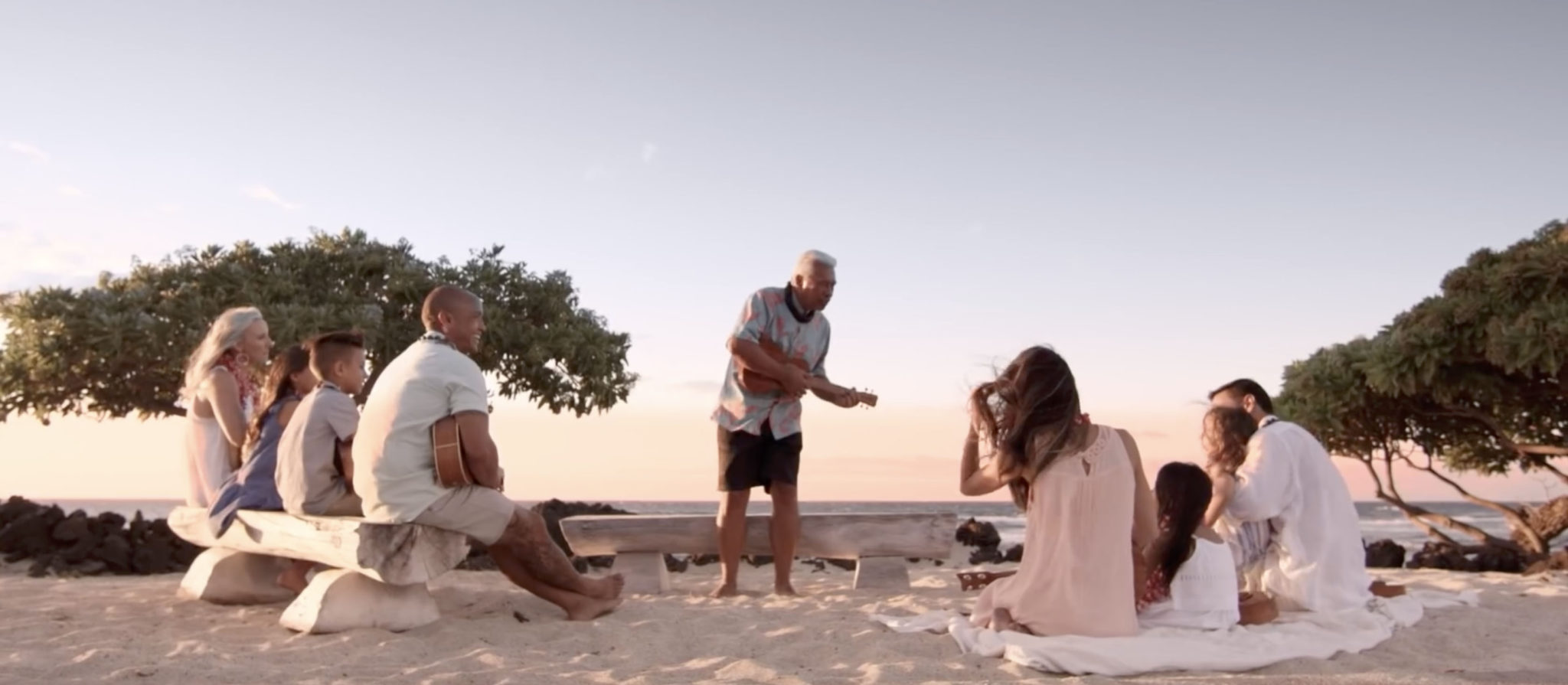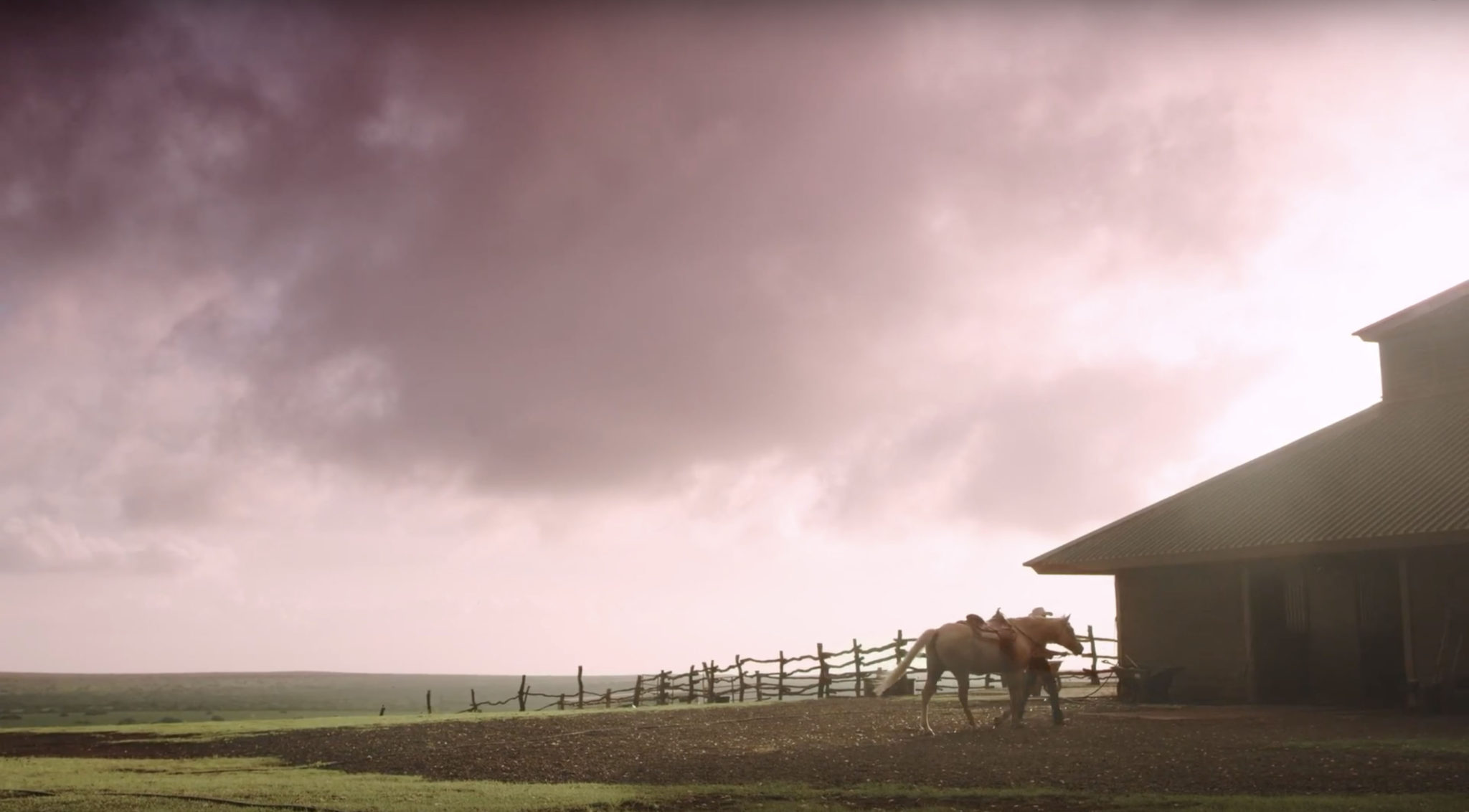
Stephan Boeker
The WhatsApp message read: “Hey Stephan! The team and I got together and we came up with some storylines. We want to share them with you!”
Why didn’t I feel elated about this? I mean, an engaged client who wants to help find the right story to achieve their stated goal? That can only be good, right?
Not necessarily. Here’s why.
If you think you’re going to influence the story before you give it a chance to influence you, disappointing storytelling marketing results will likely follow.
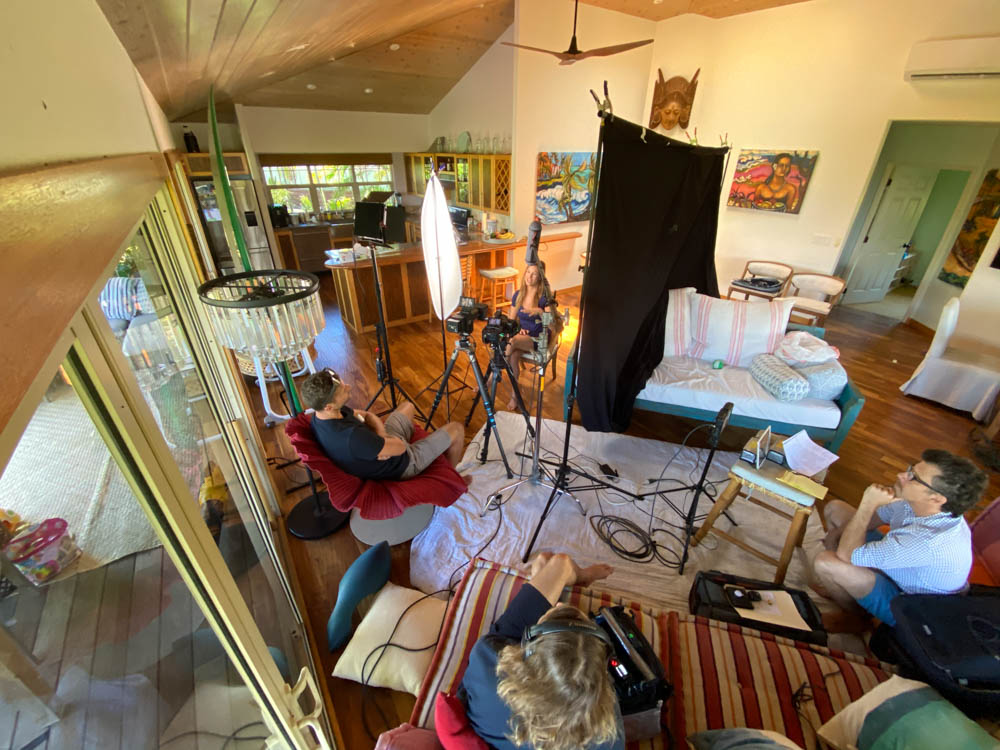
If a storyline about a real person is not actually based on that person and their stated desire and deep reasons for wanting that object of desire, well then it will be very hard to translate the storyline in an emotionally impactful way to the viewer.
In other words, it will be a storytelling marketing flop and money wasted.
I mean, sure, if we’re talking about a fictional narrative project with enough budget to fashion a mini screenplay and afford quality actors, then we can explore the ideas. We can translate the ideas to the screen that will emotionally connect with the viewer and drive rationally induced action. BUT, if we are telling a story based on a REAL PERSON, then we better have listened to that person’s story first, before we can claim to have a storyline in hand.
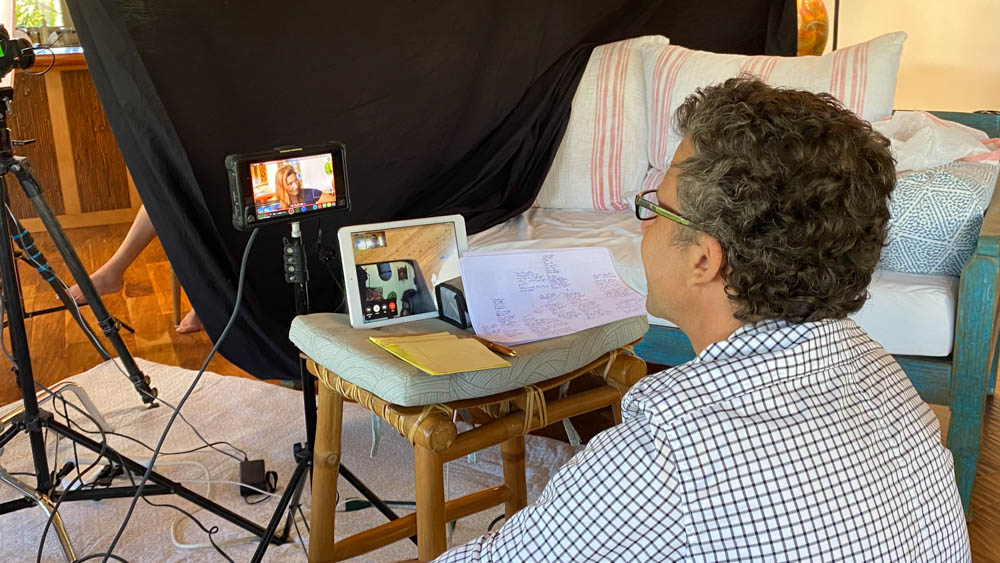
Studies have shown that a protagonist looking straight into the lens connects with audiences more, which in turn creates greater chance for marketing success. Here we setup a teleprompter with a video feed of me on it so the talent could look right into the prompter/ lens and converse with me.
As my friend Patrick Moreau says, “we must let the story move us, before we move the story.”
We must listen and observe and first ask quality questions to get a sense of whether the person is a strong enough protagonist with deep desires, deep longing, deep motivations behind her.
If we expect to squeeze a real person through our preconceived notions of what the story should be, we will likely not get the response we want out of the viewer.
We must first listen and observe, and only then can we begin to guide the story with story structure, event/ scene design, as well as all the minute production details that bring a story to life. Do you feel that Uncle Earl represents Four Seasons Hualalai strongly? Do you feel more connected to the brand, because of his authentic story? I sure do.
How did I respond to the client in the end?
Ultimately I communicated my enthusiasm to the group and listened intently to identify any additional people I should be pre-interviewing to assess their strength as a protagonist. Only then could their dreamt-up storylines be vetted or gently disuaded.
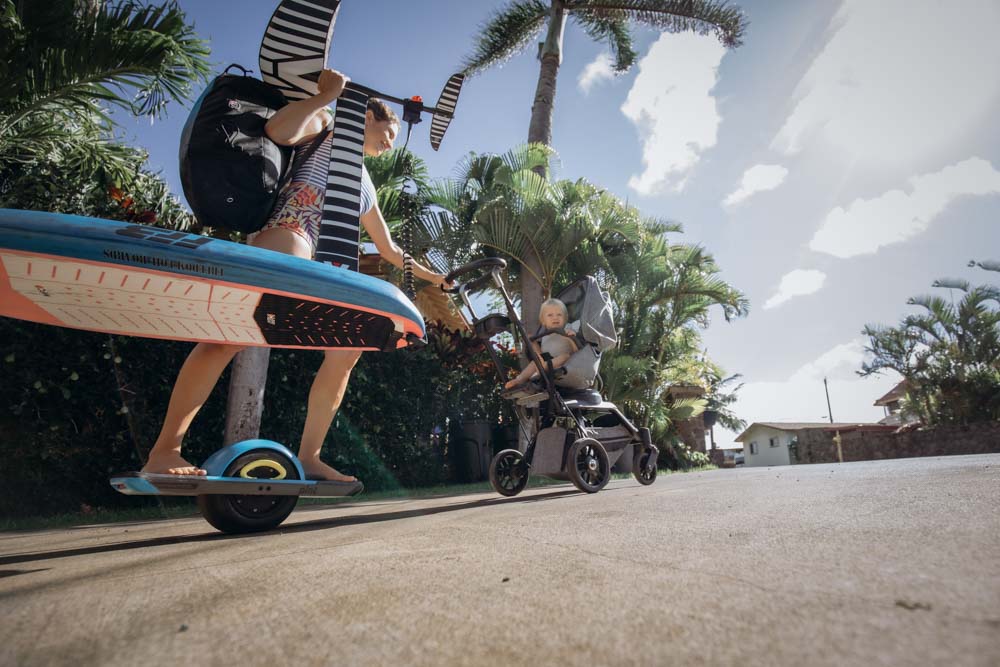
The pathway to storytelling marketing success happens by wrapping a rational message in an emotional package that hooks, sustains interest and rewards the viewer when she engages with the brand.
When we work with real people, the most effective way to achieve this is by choosing the strongest characters with strong wants and desires who have strong, deep-seeded reasons for wanting it.
Are You Curious How We Can Help Your Business?
Schedule a Discovery Call Absolutely Free.


